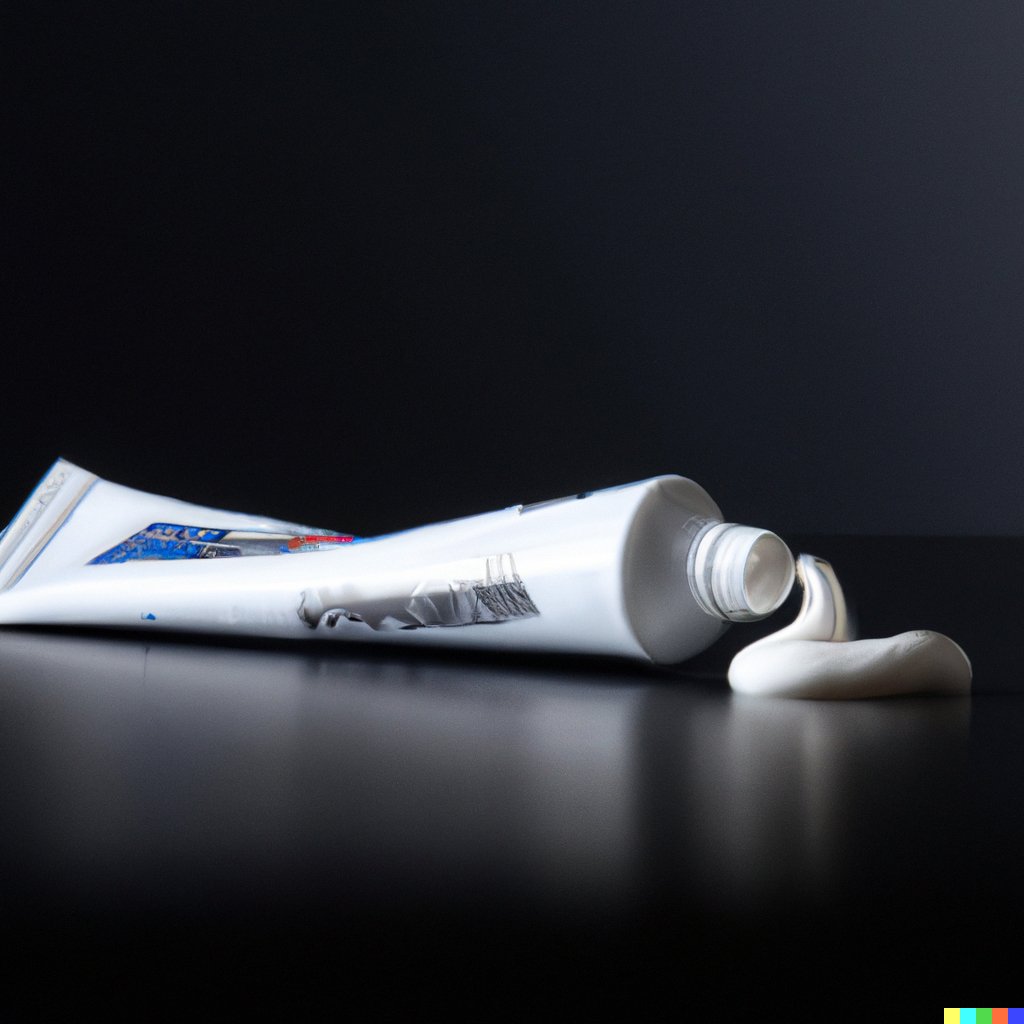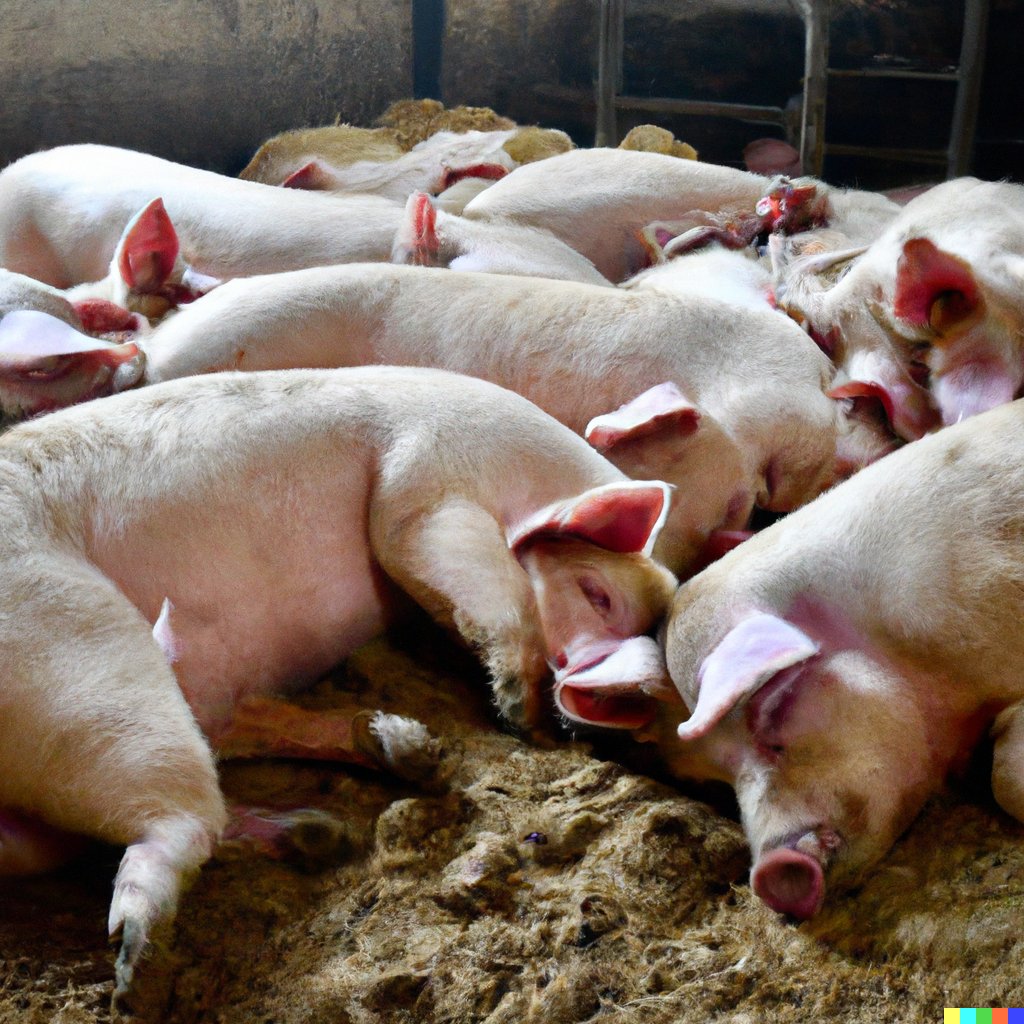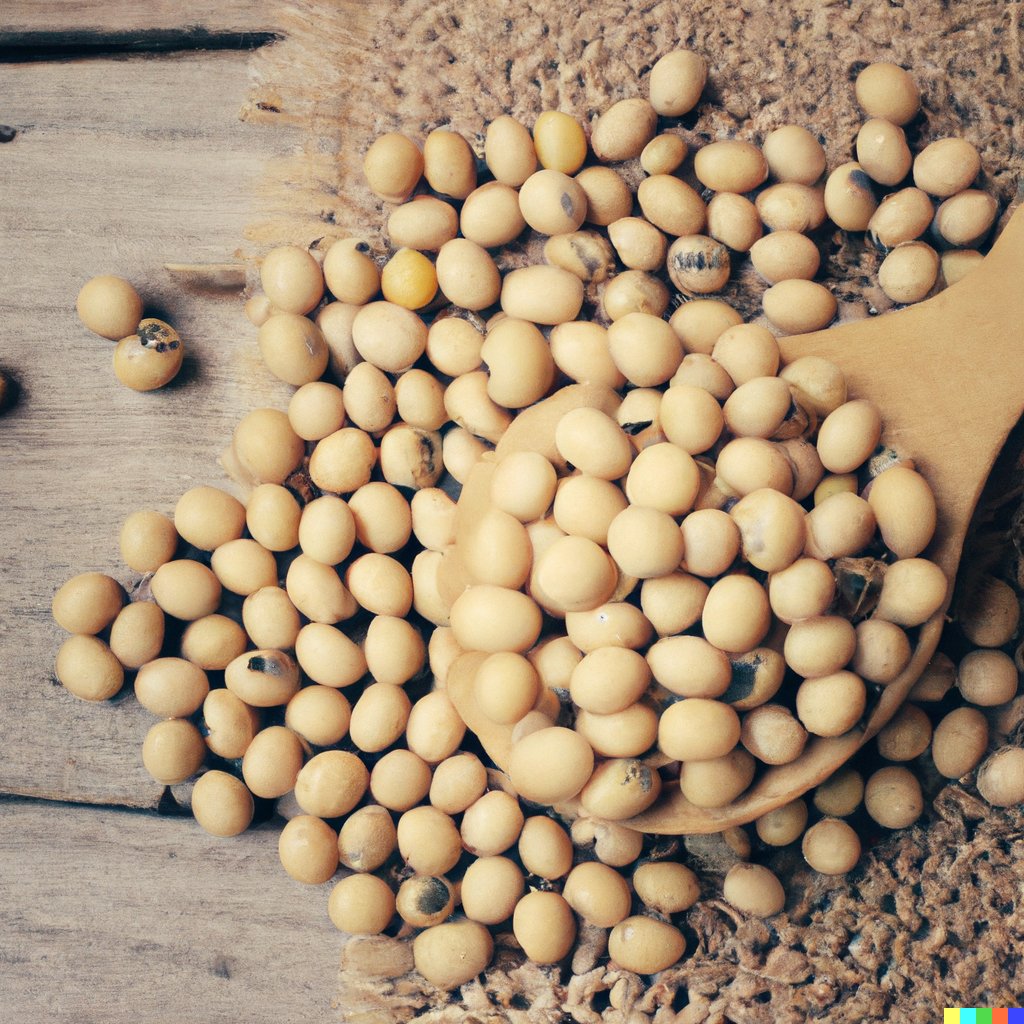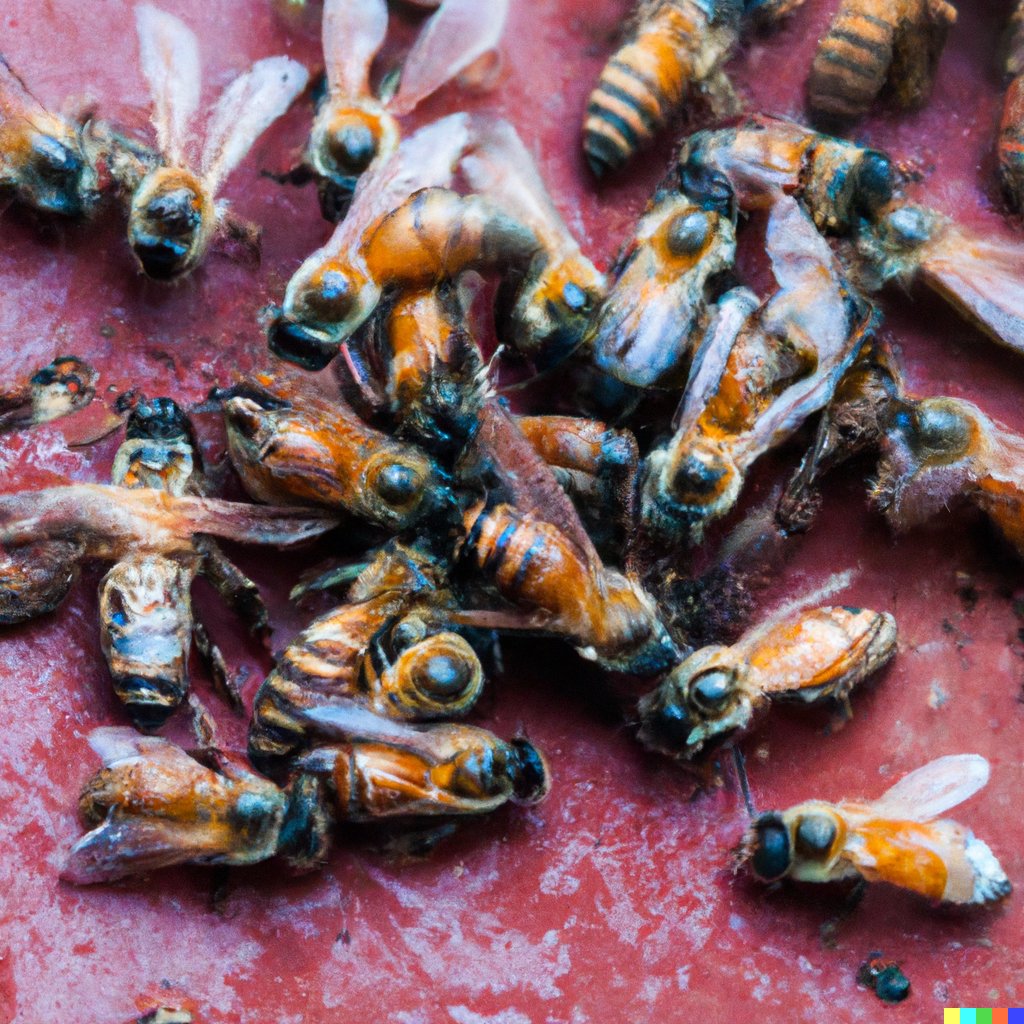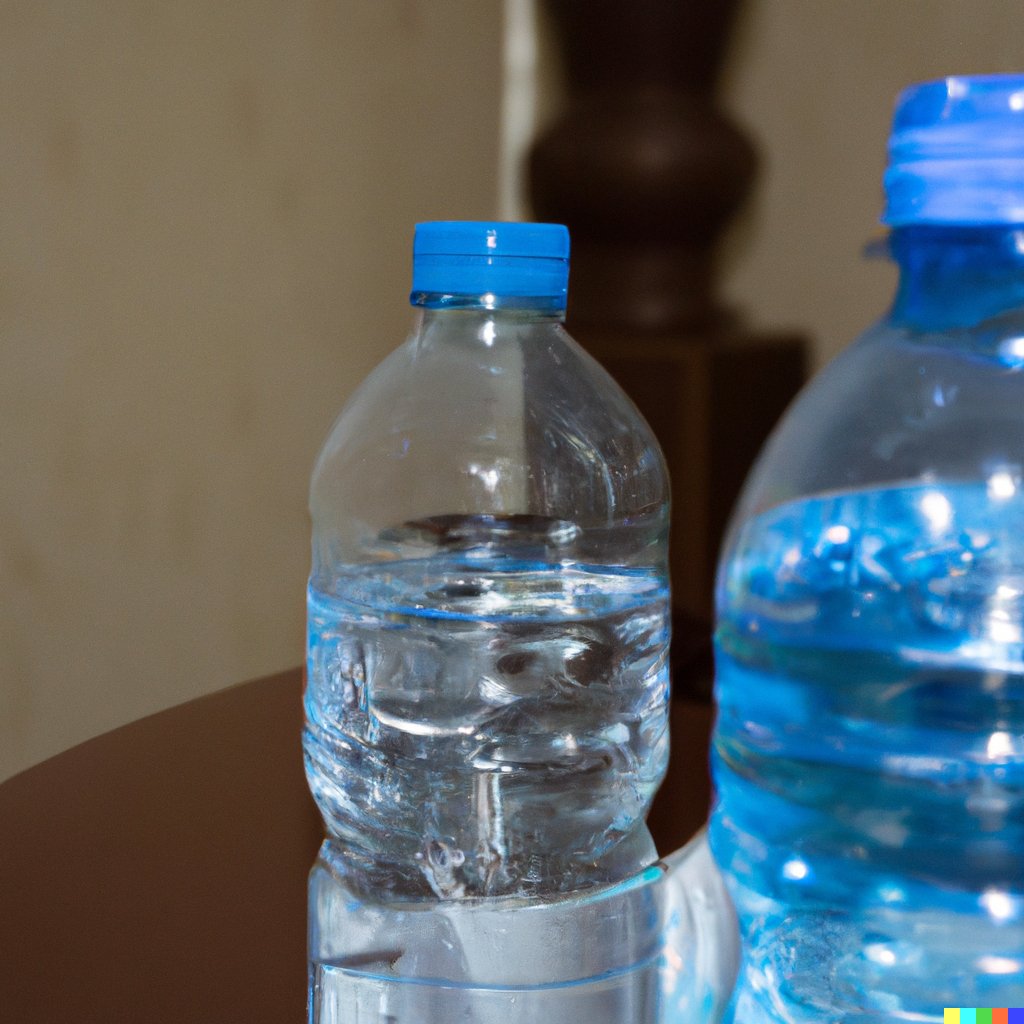
Confused about which type of water to choose? Let's dive into the pros and cons of tap and bottled water so you can make an informed decision. With increasing concerns about water quality and environmental impact, this topic is more important than ever. Don't settle for just any water, make sure it's the best for you and the planet.
Tap Water Overview
Tap water, also known as municipal water, is the freshwater source for many homes. It comes from wells, lakes, rivers, or reservoirs and goes through water treatment. Drinking tap water guarantees clean and safe hydration.
Plus, government agencies regulate tap water to make sure it meets health standards. Treatment includes filtration, disinfection, and getting rid of impurities like bacteria, viruses, and chemicals.
Choosing tap water over bottled water helps reduce plastic waste and the environmental harm from making and shipping single-use bottles. You can help preserve planet resources with tap water.
Tap water is much more economical than bottled water. Bottled water is much pricier per liter than tap water that only has minor costs from utility bills. That adds up to big savings without compromising quality.
Pro Tip: Enhancing tap water quality? Use a home filtration system or faucet filters. These extra filters give extra purification and get rid of any leftover particles or contaminants in your local water supply. Tap water: the drink that gives you a free microbiology lesson with every sip.
Tap Water Safety and Quality
The EPA regulates US tap water under the Safe Drinking Water Act. Lead, E. coli, and other contaminants must be monitored. Regional toxins and industrial pollutants must be checked to protect the quality of the water.
Test or filter your tap water often to avoid bacterial contamination. Tap water: a clear choice for the environment and your budget!
Environmental and Economic Aspects of Tap Water
Tap water is the more eco-friendly option than bottled water. It uses less energy and chemicals are regulated for it. Plus, there's minimal plastic waste.
The table below shows the difference between tap and bottled water.
| Aspect | Tap Water | Bottled Water |
|---|---|---|
| Energy Consumption | Low | High |
| Chemical Use | Regulated | Varies |
| Plastic Waste | Minimal | Extensive |
| Cost Efficiency | Economical | Expensive |
| Accessibility | Widely Available | Limited |
Sometimes tap water doesn't meet safety standards, but infrastructure and regulations are getting better. To stay informed, use a home water filter. Also, support improved public infrastructure to make tap water accessible to all.
These small steps can help reduce plastic waste and promote sustainable practices. So, don't worry about drinking bottled water--just don't judge it if it's straight from the bottle!
Bottled Water Characteristics
Bottled water has many appealing qualities that make it a popular choice! Examining these features can help people make wise decisions about their water consumption.
Some unique points regarding bottled water are:
- Sources of bottled water range from artesian wells to natural springs, giving consumers diverse options.
- The FDA regulates bottled water, making sure quality and safety standards are followed throughout the bottling process.
- Artesian well water is taken from underground sources and is known for its pure taste.
- Mineral water contains high levels of essential minerals such as calcium and iron.
- Spring water is derived from natural springs, known for their freshness and purity.
- Well water is extracted from beneath the ground surface, supplying a clean source of drinking water.
A study by the NRDC found that 25% of bottled water is sourced from municipal sources, similar to tap water. Does the phrase 'bottled water safety concerns' sound like an oxymoron to you? After all, wouldn't sealed bottled water already be safe?
Bottled Water Safety Concerns
Considering safety concerns related to bottled water? It's important to evaluate various factors:
- FDA Oversight: Regulated by the Food and Drug Administration. Ensures manufacturers comply with safety standards and labeling requirements.
- Sanitary Conditions: Maintain to prevent introduction of harmful bacteria or chemicals during bottling processes.
- Contamination Protection: Bottled water should be protected from any possible sources of contamination, for example improper storage or handling practices.
- Quality Control: Rigorous quality control measures to ensure water meets safety and quality standards before reaching consumers.
- Microplastics: Concerns raised about microplastics in bottled water, which may have bad effects over time.
- Health Effects: Generally safe for consumption but certain groups may face greater health risks from certain types of bottled water.
Take note! Some studies suggest tap water is as safe as bottled water when considering these factors. So, make an informed choice based on individual circumstances and preferences. Oh, and tap water might taste like wet socks but bottled water will just taste like you paid too much!
Taste Differences Between Tap and Bottled Water
Tap vs Bottled Water Taste Analysis:
Tap water and bottled water differ in taste due to the mineral content and treatment processes. Comparing the two can help decide drinking water preference.
A taste test was done to analyze the difference between tap and bottled water. Key findings:
| Aspect | Tap Water | Bottled Water |
|---|---|---|
| Mineral Content | Varies | Consistent |
| Water Flavor | Mild | Can vary |
| Carbonation Level | None | Option |
| Flavored Variants | Limited | Varied |
Tap water's taste is influenced by minerals, which change based on location. Bottled water has consistent taste due to filtration processes.
Tap water has milder taste than some bottled water options like citrus or berry-infused. Carbonation levels are absent in tap water but available as an option in bottled carbonated water.
Bottled water comes in a wide range of flavored options, while tap water offers limited or no flavors.
Individuals can choose their preferred type of drinking water based on flavor, carbonation levels, and availability of flavored options.
To improve taste experience:
- Install a filtration system for tap water at home.
- Try different brands of bottled water.
- Chill chosen drinking water.
These suggestions can optimize water drinking experience by addressing taste concerns. Bottled water: a convenient way to kill the planet one plastic bottle at a time!
Environmental Impact of Bottled Water
The effects of bottled water on the environment are huge. Here's what to consider:
- Energy needs: Creating and shipping bottled water takes up lots of energy, leading to greenhouse gas emissions.
- Plastic use: Bottled water often uses single-use plastic bottles - an issue with global plastic waste.
- Recycling: Only a tiny percentage of plastic bottles are recycled, resulting in heaps of junk in landfills and oceans.
- Biodegradable materials: Using biodegradable materials for water packaging could reduce environmental harm significantly.
It's essential to remember that the ecological problems of bottled water go beyond these four points. Seeking out other drinking options can be more eco-friendly.
Pro Tip: Invest in reusable water bottles to reduce your carbon footprint and cut down on plastic waste. Saving money on bottled water is like getting pocket change - it's great, but not enough to get rich.
Economic Considerations of Bottled Water
Bottled water is becoming more popular among consumers because of its convenience and quality. But, it's important to think about the economic factors. Let's compare the cost of bottled water to tap.
Tap water is cheaper and more sustainable since it doesn't use single-use plastic. It's widely available too. However, bottled water is more convenient and some people prefer the taste - but it's more expensive.
My friend recently switched from bottled to tap. They saved money and contributed to reducing plastic waste. Tap water is a great way to benefit both your wallet and the environment!
Health and Regulatory Aspects
Tap water is regulated by the EPA, while bottled water falls under the FDA. Both have guidelines ensuring contaminant levels, particularly lead, are safe. Tap standards dictate acceptable lead levels, whereas the FDA sets stricter regulations for bottled water.
Synthetic organic chemicals may be present in both, but stringent testing enforced by regulatory bodies maintain safety.
It's important for consumers to be aware of the differences between tap and bottled water. Staying informed about local guidelines can help them make more informed choices.
A study by Consumer Reports shows tap water may contain higher contaminants than some bottled water brands. Quality standards vary between brands.
In the end, it boils down to whether you want to stay hydrated or look cool while doing it.
Consumer Choices and Preferences
Consumers' Selections and Preferences
Consumer choices and preferences affect their beverage options. Let's look at the factors influencing individuals when deciding between tap and bottled water.
| Factors | Taste | Cost | Convenience | Environmental Impact |
| Tap Water | Varies by location | Inexpensive or free | Readily available at home or public places | Lowers plastic waste and carbon footprint |
| Bottled Water |
Individuals' water preferences depend on taste, cost, convenience, and environmental awareness. The choice between tap and bottled water is based on personal priorities.
Did you know? Bottled water sales increased due to worries about tap water quality and marketing campaigns that promoted its alleged purity and pristine imagery.
Drinking Water Regulation
Federal Oversight of Potable Water
Regulating drinking water safety is the federal government's responsibility. They enforce strict standards so public water systems supply safe and healthy water to everyone in the country.
Drinking Water Regulation Table:
| Regulation Level | Federal Oversight |
|---|---|
| Safety Assurance | Strict Standards |
| State Involvement | Collaborative Approach |
| Reporting Mechanism | Regular Quality Reports |
| Consumer Access | Test Packages Available |
State and federal governments work together for drinking water regulations. This smooths monitoring and compliance all over the US. To keep people informed, water quality reports are produced often. Test packages are given to individuals so they can check their tap water.
A Historical Perspective
After events like the Flint Water Crisis in 2014, regulations were necessary. This showed the need for strong oversight to protect drinking water supplies. To stop similar incidents and raise public water system reliability, measures were strengthened.
Consumer Health Precautions: Tap water may have traces of heavy metals, but it won't be expensive like mineral water detox cleanses.
Consumer Health Precautions
Consumer Protection Measures:
- Read labels on water bottles to identify source & treatment. - Use home filters to remove any contaminants from tap water. - Look for bottles with NSF International certification. - Keep up with local drinking water law regulations.
Protection Measures Explained:
It's important to read labels on bottled water to know where it comes from and how it was treated. Home filters give an extra layer of protection, keeping out potential contaminants in tap water. NSF International certification is a great way to ensure quality when you buy bottled options. Stay informed on local drinking water laws for safety and legal compliance.
Don't Miss Out!
Make the right choice for your health by being aware of consumer protection measures like reading labels, using home filters, looking for certifications, and understanding local drinking water laws. Informed decisions make a safer future.
Tap water: the perfect addition to your daily routine for those who like a bit of chlorine with their hydration.
Understanding Bottled Water Labels
Gain insight into bottled water labels! They provide info on source, quality, treatments, and more. Here's what you should know:
- Source: Is it from a natural source like a spring or a municipal one?
- Quality certifications: Check for NSF or FDA certifications to ensure purity and safety.
- Treatments: Does the bottle mention any additional treatments like filtration, disinfection, or mineral re-addition?
- Labeling requirements: FDA regulations apply, look for contact info, warnings, and disclaimers.
Understanding bottled water labels allows you to make informed decisions and pick a product that meets your quality standards. Plus, it's beneficial for the environment too!
Potential Risks from Bottled Water Containers
Bottled Water Container Vulnerabilities:
- Plastic Bottle Risks: Presence of phthalates which can cause hormone disruption.
- Leaching Concerns: Chemicals from plastic bottles, like BPA, may migrate into the water. BPA has adverse health effects.
- Cap Liners Dangers: Polyethylene liners can leach substances that can enter our bodies when drinking.
- Environmental Consequences: Production and disposal of plastic bottles pollutes landfills and harms ecosystems.
- Microplastics Contamination: Microplastics may contaminate bottled water during packaging.
Plus, metal caps on glass bottles may have lead-based soldering material. This poses risks.
Be aware of these vulnerabilities when choosing your drinking water source. Find alternatives like tap water or filtered options. Reduce reliance on single-use plastics to protect health and the environment.
Remember, concerns about risks from bottled water date back centuries. Glass bottles used in the early 1900s were sealed with lead foil, leading to lead poisoning cases. We must stay vigilant for safe drinking water and prioritize sustainability.
Making Informed Water Choices
It's important to think about the environment and health when picking tap or bottled water. To help, we made a comparison with categories like environment, health, water systems, and containers. Examining these factors shows the pros and cons of each option.
Besides environment and health, other factors matter. For example, access to clean drinking water and potential pollutants in public systems. Knowing these details helps make better decisions.
For eco-friendly options, consider home filtration systems and reusable containers. These are good for the planet and save money!
By understanding the considerations of tap and bottled water, individuals can choose based on their values. Going sustainable is a great choice for a healthy planet.
What are the pros and cons of tap water?
Tap water is a convenient and affordable option for accessing clean drinking water. However, it may contain chemicals or contaminants that can be harmful to health in some areas. It also has a taste that some people find unpleasant.
What are the pros and cons of bottled water?
Bottled water is convenient and typically free of chemicals or contaminants found in tap water. However, it is significantly more expensive and can contribute to plastic waste and environmental pollution.
Is tap water safe to drink?
In most developed countries, tap water is regulated and monitored to ensure safety for drinking. However, in some areas with inadequate infrastructure or natural disasters, tap water may not be safe and should be avoided.
Is bottled water better for the environment?
Bottled water contributes to plastic waste and pollution, as most plastic bottles are not recycled. In terms of carbon footprint, tap water has a lower impact since it does not require packaging or transportation.
What are some alternatives to tap and bottled water?
Some alternatives to consider include filtered water pitchers, water filtration systems for the whole house, or reusable water bottles with built-in filters. These options can provide clean water while reducing plastic waste and cost.
How can I make an informed choice between tap and bottled water?
It's important to research the quality of your local tap water and consider your personal needs and values. If you are concerned about taste or contaminants, consider investing in a water filtration system or researching reputable bottled water brands. It's also important to consider the environmental impact and cost of each option.
Conclusion
When choosing between tap water and bottled water, consider the quality of your local tap water, environmental impact, and personal preferences. Embracing reusable water bottles and using water filters can be more sustainable and economical choices while maintaining safe and refreshing hydration.
Ultimately, the choice between tap water and bottled water depends on individual preferences, local water quality, and environmental considerations. Both options have their benefits and drawbacks, and consumers should weigh these factors when making their decisions. For health and environmental benefits, embracing reusable water bottles and filtered tap water can be a sustainable and economical choice.








